Peter's reform of the Russian army
The necessity of carrying out military reforms by Peter I was due to the fact that by the time the new tsar assumed the throne (1689), Russia was behind the most advanced countries of Western Europe not only economically but also militarily.
At the base of the national army at that time were the noble militia and the Strelets army. The first arose at the end of the 15th century and consisted of noblemen, as well as boyar children, who were obliged to arrive on first request for military service on their horse, with weapons and accompanied by slaves. Strelets army, created in 40-50-s of the XVI century, was recruited from the townspeople and rural residents. Since military service was considered lifelong and hereditary for archers, they were usually settled on government lands, allowed to start a family and engage in trades. The manning conditions adopted at that time resulted in the fact that the combat readiness of the old military formations and the level of discipline in them were kept at a low level. Complicated the task and the fact that the troops were subject to different orders: the nobles - Discharged, the archers - Streletsky. There was also Reitarsky order, which was engaged in the regiments of the new system, formed mainly on the Western model. Naturally, such a division in the administration also had a negative impact on the combat capability of the army.
There was also no regular navy in Russia. Existing small flotilla of medium-sized sailing and rowing vessels were intended mainly to protect trade routes along the Volga, Dnieper, Don, Caspian, Siberian rivers and the White Sea. Meanwhile, many countries of Western Europe and the Middle East by that time already possessed large naval forces. It is fair to say that for a hundred years Russia was cut off from the main shipping lanes that previously connected it with Europe. The Black Sea was in the hands of Turkey, and Sweden closed the Baltic. Only the White Sea remained open. But it was removed from the main centers of the country and the advanced Western European states.
To remove the power from the backward state, it was also necessary to eliminate its isolation from the developed Western European states. New armed forces were necessary, because the old military formations were unable to solve complex military-political tasks. And the fleet of the state was still helpless. Peter I felt this keenly during the Azov campaigns, which convinced him of the need for immediate military reforms, and the uprising of the archers in 1698 finally lost faith in their loyalty.
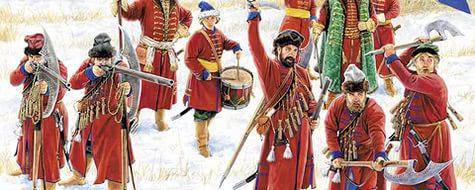
8 November 1699, the young king issued a decree "On admission to the service of soldiers of all free people." Thus, the recruitment duty was introduced, which covered all taxable classes. Recruits were supplied with 10-15 yards each. The soldiers broke away from home and fishing. Military service became for them the main and lifelong. The service life of recruits was then changed: from 1793, the year was reduced to 25 years, from 1834, to 20 years. In 1855-1872 12, 10 and 7-year service life are set in succession. In 1874, the recruit conscription was replaced by universal conscription.
The defeat at Narva accelerated the reorganization of the army. By 1705, recruitment principles for field and garrison troops were developed based on the recruitment system. The first included regiments of the new system, and in the garrison the archers and young soldiers served, and after completing the course of training, they were sent to field troops. By 1707, the field army numbered about 100 thousand people. This was required by the difficult military situation. The Swedish army was superior to the Russian in the quality of weapons, and in the qualification of officers, who had extensive combat experience. Therefore, in the initial period of the Northern War, Peter I strove for a numerical superiority on the battlefields, but, having won the victory at Poltava (1709), considered it possible to reduce the armed forces and stabilize the army.
The organization of the army was influenced by the nature and objectives of the combat battles. First of all, the main types of troops were created - infantry, cavalry and artillery, later there was a need for engineering troops, without which a siege of fortresses would be unthinkable, the equipment of defensive lines and fortified camps. They were officially created in February 1712 of the year, according to a mine company and a pontoon team approved by Peter I. Soon formed and the "Regiment of military engineers." After all these transformations, the national army reached the level of the armies of the most advanced European countries.
In the course of creating the Russian armed forces, Peter I was faced with the problems of providing the army with weapons, ammunition, equipment, and food. Since the industry in the country was unable to satisfy the army’s need, on the orders of the king, large weapons factories were built in Tula and Sestroretsk, and factories for the production of guns and ammunition were established in the central and southern regions of the country, in the Urals and in the Olonets region .
At the end of 1708, the rearmament of the Russian army was almost complete. The infantry was equipped with the best in the world smooth-bore guns, which had a single caliber, a convenient curved butt and an all-metal bayonet. Russian guns were inferior to European muskets in the range, but at the same time they had a twofold superiority in the rate of fire. For the grenadiers' mouths, grenades were made, and each infantry regiment had a pair of three-pound guns and four light mortars. As you can see, the Russian infantry could successfully conduct long-range and close combat, to fight in bayonet attacks.
Dragoons (cavalry) were armed with carbines, long-barreled pistols and broadswords. In addition, one of the companies of the Dragoon regiment was armed with grenades. In 1723, hussar regiments were created, which were irregular units. They were formed from Serbs, Moldovans and Vlachs.
In the course of Peter the Great, military uniform was introduced. It should be noted that although in the Russian army as early as the 17 century, that is, almost half a century earlier than in the most advanced countries of Europe, each regiment had its own form, it was not typical. This created difficulties in the management of troops in the course of the battle, and the unification of form was required. As a result, green kaftans and black hats are introduced for infantrymen, blue kaftans and black hats for cavalrymen.
The success of the reorganization of the army largely depended on the quality and speed of training of officers. At first, all the young nobles were obliged to serve in the rank and file soldiers in the Preobrazhensky and Semenovsky Guards regiments. After receiving the initial officer rank, they were sent to military units, service in which became a life-long obligation for the young nobles. However, this system of officer training was not able to fully meet the growing needs for new officers, and Peter I established a number of specialized military schools. In 1701, an artillery school was opened in Moscow for simultaneous training of up to three hundred people, and a year later in St. Petersburg - another one, of a similar purpose. To train army engineering personnel, two engineering schools were established in 1708 and 1719. In 1721, garrison schools were opened, where non-commissioned officers were trained. During the reign of Peter I in Russia, 50 order of such schools was opened.
Another form of officer training was business trips of young nobles to Europe for military training. In the new regular army, a unified system of military ranks was introduced, which was finally finalized in the Table of Ranks declared on January 24 on January 1722. Most of the military ranks of Peter the Great existed unchanged until 1917.
The allegations of the decisive role of foreign officers in the army of Peter the Great, common among Western European and modern, liberal, domestic historians, are untenable. They are true only for the first years of its existence, when the Russian government, due to the lack of its own personnel, was forced to actively use foreigners. But many of them had little knowledge of military affairs, spoke Russian poorly, treated soldiers badly. The betrayal of a large group of foreign officers and generals near Narva forced Peter I to take decisive measures to begin training commanders from the Russian nobility. As a result, the Russian army began to receive its own qualified officer personnel — infantry, artillery, and engineering. And already in 1711, the number of foreigners in the regiments was limited to one third, and by the year 1720 only a few remained in the national army.
The statements about the structure of the Russian army according to Western European models are also not true. Peter I carefully studied the military organizations of many European countries and did not accept either the Swedish, or Austrian, or Prussian systems. He created his own army, corresponding to the socio-political conditions of our country at that time. It was a truly Russian army both in its national composition and moral and combat qualities. Her warriors took all the best that was characteristic of the previous Russian troops and in general, the people themselves: resilience, patience in hardship and distress, endurance, the ability to sacrifice themselves, courage and courage. These remarkable qualities were fully revealed in the Northern War, by the end of which the Russian army became truly regular in all aspects: it had a uniform procedure for recruiting and training officers; slender organization and standard weapons; was completely on the content of the state. Later, the principles of its organization were borrowed by many Western European countries.
The beginning of the formation of a regular domestic navy was laid well-known historical a document - a resolution of the Boyar Duma of October 20, 1696, in which there is a significant phrase - "to be sea vessels."
Shortly after the Azov campaigns, Peter I, by imperial decree, introduced a special naval service, applicable to all landowners (secular and spiritual), merchants and other merchants. By the beginning of 1700, most of the planned, for the Azov fleet, combat ships were built. The active construction of ships for the fleet was conducted during the Northern War, which required the creation of a new Baltic fleet.
Initially, rowing ships were built, but the ship sailing fleet soon appeared. Sailboats had great seaworthiness, strong artillery and were used mainly for combat in the open sea. The fleet was recruited similarly to the army by recruiting duty. Two-thirds of the ship's crews were sailors, sailors and gunners, gunners, one-third was from the naval shipboard soldiers.
The officer cadres were formed from young noblemen who were trained in specially created schools. The first nautical school in Russia was opened in 1698 in Azov. She was preparing sailors for the Azov fleet. In 1701, the School of Mathematical and Navigation Sciences was established in Moscow, in which 500 noble children already studied three years later. In 1715, her high schools are transferred to Petersburg, and their graduates became students of the first Russian Maritime Academy. Simultaneously with the training of officers inside the country, sending young noblemen to study maritime affairs in Spain, Italy, France, England and Holland was widely practiced.
Some historians associate the success of the Russian fleet in the Northern War, primarily with the names of foreign specialists and naval officers who were in the service of Peter I. But the facts and documents refute these allegations. After the Azov campaigns, the young king was forced to allow the recruitment of shipwrights, technicians, and engineers abroad. However, under the guise of specialists, many foreigners arrived in Russia who were completely unfamiliar with shipbuilding. When the apparent unsuitability of foreign "masters" was discovered, they were immediately sent back, and only some of them provided real assistance in the creation of the fleet. In the majority, especially in the second half of the reign of Peter the Great, the shipwrights were led by Russian masters. The same thing happened with the officer cadres. On the eve of the Northern War, Peter I really recruited naval officers abroad. However, many of them, without later gaining trust from the tsar, were gradually replaced by Russian sailors trained in special educational institutions of Russia.
The reorganization of the Russian army and the creation of the Russian Navy were accompanied by a reform of the military administration. Before Peter I in Russia there were only military orders alone before 20. In addition to the three already mentioned (Razryadny, Streletsky, Reitarsky), Inozemsky, Pushkarsky, Oruzheiny, Bromny, Barrel and so on were engaged in various military affairs. functional responsibilities. Such a narrow departmental division not only made it difficult to control the troops, but also dispersed forces and means. In 1711, Peter I founded the Governing Senate, and under him created the discharge table and the Commissariat. The first of them was engaged in the acquisition of the Russian army, the second was in charge of financing and providing the armies with food, clothing, ammunition and armament. As before, the order of artillery, which received a special staff in 1712, was in charge of artillery issues.
The establishment of these bodies initiated the process of centralizing military affairs. In the 1719 year, at the final stage of the Northern War, the Military Collegium was founded, under its authority were the field army, the garrison troops "and all other military affairs, which are received throughout the state." The first president of this body was Peter's talented associate - A.D. Menshikov. The new, collegial system was different from the previous, mandative one, primarily because one body was responsible for solving all military issues. In addition, the powers of the Military Collegium, as well as other 11 colleges, extended to the entire state, which excluded a departmental and local approach to the solution of military-political issues.
The change has undergone control in the troops themselves. During the war period it was carried out through the field headquarters, which was later transformed into the General Staff. The main duties of the Chief of Field Headquarters were performed by the quartermaster general. This post, introduced in 1701, was first held by Prince A. F. Shakhovskoy. During his stay there was a military camp office. Attaching great importance to good command and control of troops, Peter I in the 1711 year established the duties of quartermaster general and the number of quartermaster units. The quartermaster general was responsible for inspecting and describing the terrain and roads, moving troops, and organizing intelligence. They were in charge of other staff affairs. Quartermaster posts were also introduced in regiments, brigades, divisions. The main unit of account was the battalion, and the highest - the regiment. The regiment commander had a headquarters, which included three senior officers and eight junior officers.
The Russian Navy’s control system was also severely centralized. Until the 18 century, it was managed either by the Vladimir Order, or on behalf of individuals. In 1700, the Vladimir Order is transformed into an Admiralty Affairs Order. With the beginning of the construction of the Baltic Fleet, the leadership of them, Peter I, laid upon the governor of St. Petersburg, A.D. Menshikov. In 1718, the Admiralty Board was formed, at the head of which Peter I placed his talented associate, General-Admiral FM. Apraksin. With the formation of this central institution, confusion and duplication in the management of maritime and ship affairs is eliminated. The Russian fleet received a single command, which lasted until the middle of the 19 century.
The creation of the new armed forces of Russia required a change in the existing system of training and training troops and naval crews. The training of soldiers under Peter I was distinguished by simplicity and practicality. From the soldiers and sailors they demanded not mechanical actions, but a sensible understanding of what to do, how to do it, and why to do it. On similar principles, the upbringing was also based, which provided for not blind obedience, but the fulfillment of military duty for the defense of the Fatherland. Peter I attached paramount importance to the establishment of strict military discipline, education of courage, resilience and courage. In his instructions, he repeatedly noted that victory was accompanied by "good practices, brave hearts, help weapons." New military rituals, orders and medals introduced by him in the army and navy served the purposes of patriotic education.
As we see, the military reforms of Peter I touched upon all aspects of the formation and activities of the Russian army and navy of that time. This difficult process took place in a period of severe Northern war. The Russian Armed Forces were simultaneously created, trained and fought. The most important in the regulations of the epoch of Peter the Great were the “Military Charter” (1716 year) and the “Sea Charter” (1720 year). Both documents reflected the views of Peter I on the role of the country's armed forces. "Every patent," is written in the addendum to the "Sea Regulations", "which has a single army army, has one hand, and which has a fleet, has both hands." Many experts believe that in their theoretical and practical significance, these Peter's regulations are incomparably higher than foreign charters of the time. The military reforms of Peter I, which were of great importance for the Russian state, were legislatively enshrined in military and maritime statutes.
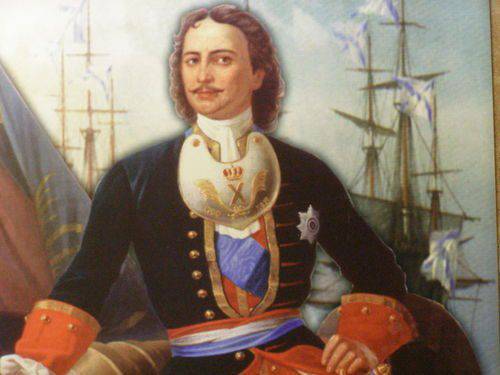
Sources:
E. Anisimov. State Transformations with the Autocracy of Peter the Great in the First Quarter of the 18th Century in St. Petersburg: Dmitry Bulanin, 1997. C. 113-117.
Anisimov E. Time of Peter's reforms L .: Lenizdat, 1989. C. 177-183.
Matsulenko S. Military reforms // Military history magazine. 1988. No.8. C. 83-86.
Shishov A. Creation by Peter the Great of the Russian regular army // Landmark. 2000. No. 3. C. 28-33.
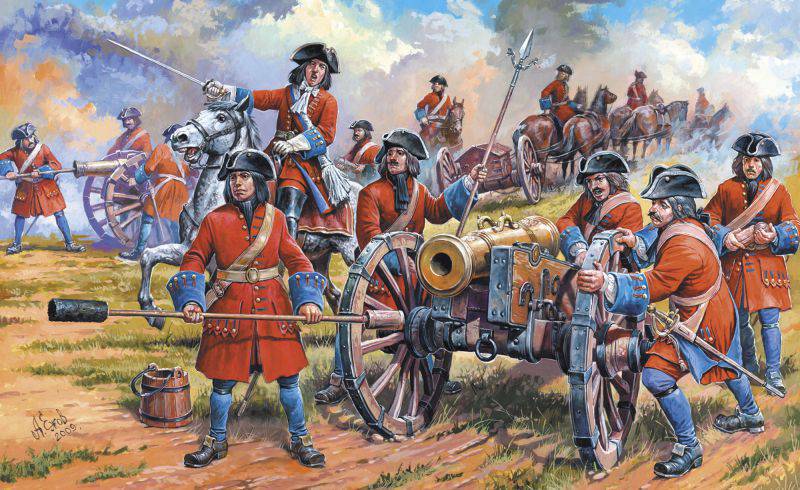
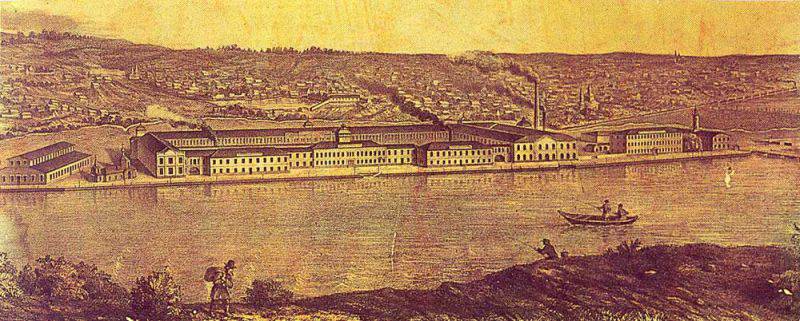
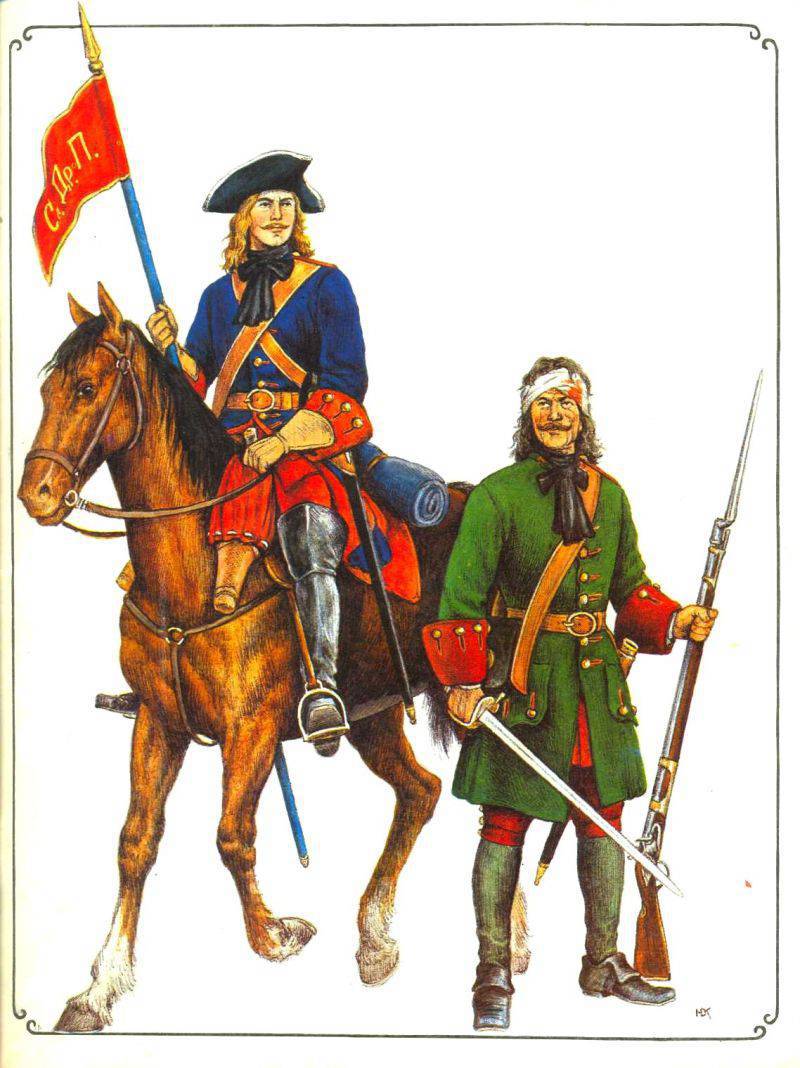
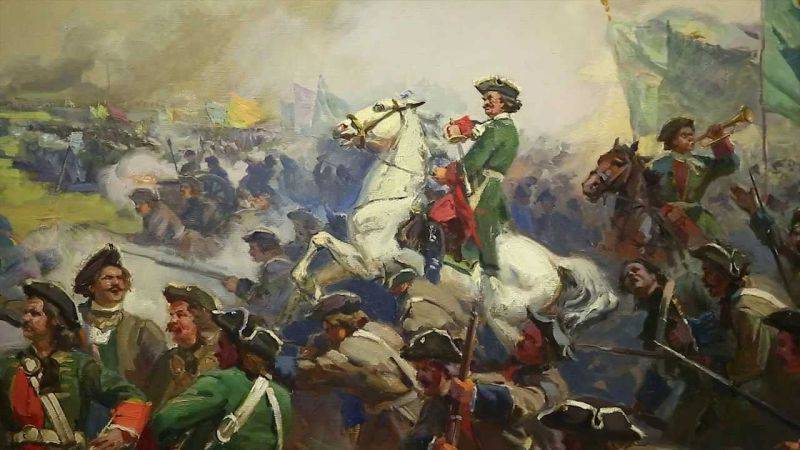
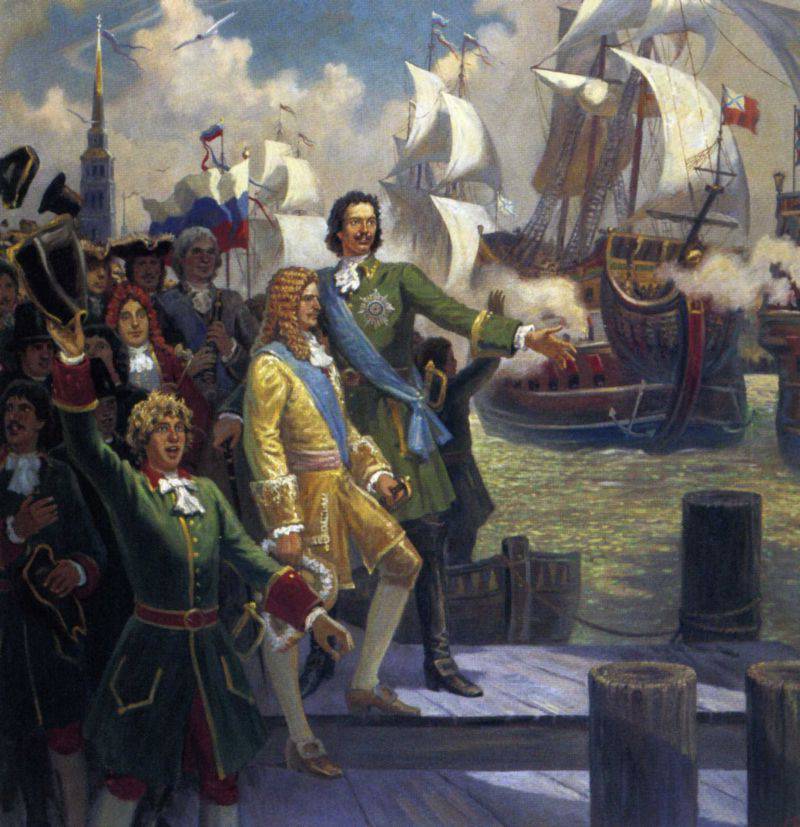
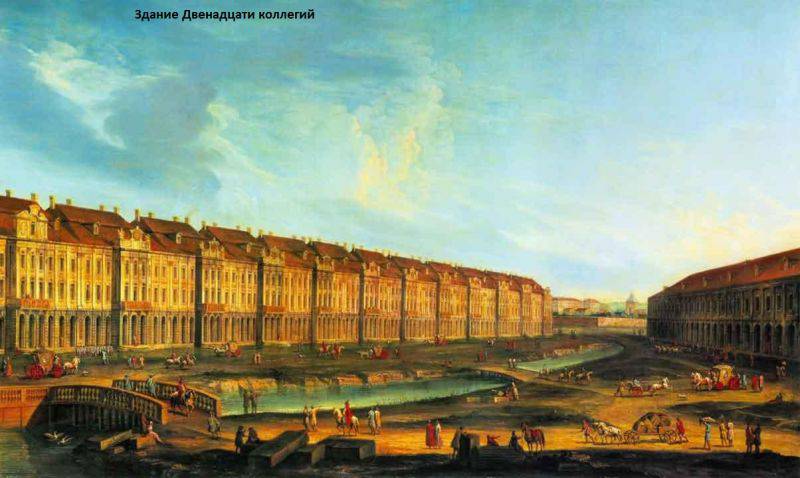
Information